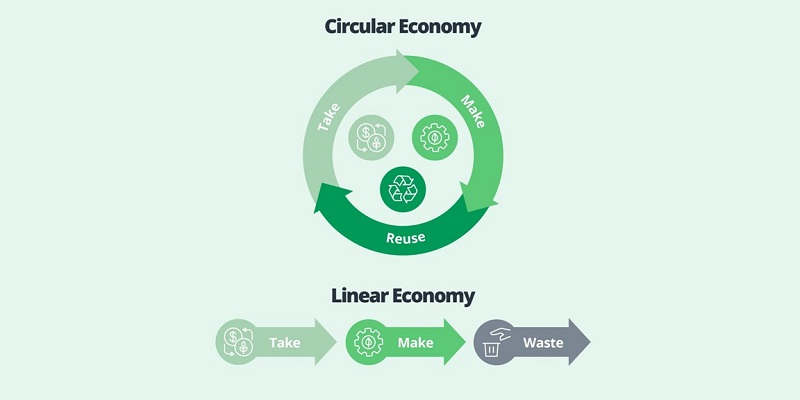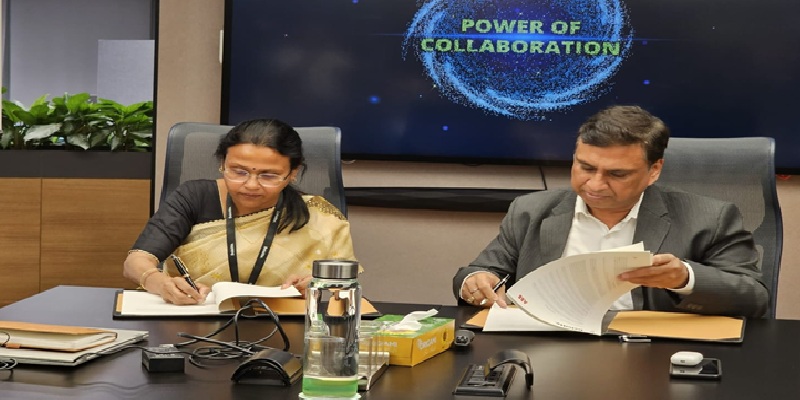Schedule a Call Back
Circular economy for sustainability
 Articles
Articles- Dec 01,23

Related Stories

SKF Unveils ARCTIC15 Steel for Next-Gen Aeroengine Bearings
SKF has launched ARCTIC15, a high-temperature, corrosion-tolerant steel enabling next-generation, fuel-efficient aeroengine bearing designs
Read more
ABB India and Deloitte Form Alliance to Advance Digital Transformation
By embracing Artificial Intelligence (AI)-enabled digital and automation solutions, connected operations and data-led insights, Indian enterprises are well positioned to redefine efficiency, product..
Read more
Global Electronics Association Unveils Double Materiality Toolkit for CSRD Compliance
The Global Electronics Association has launched a DMA Toolkit to help electronics companies meet CSRD reporting demands with structured, sector-specific guidance.
Read more













